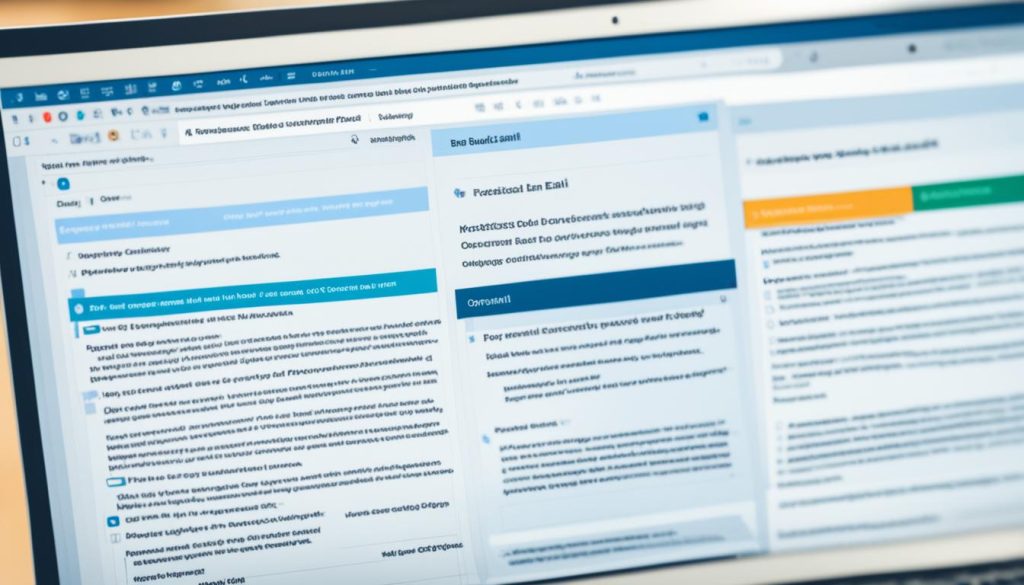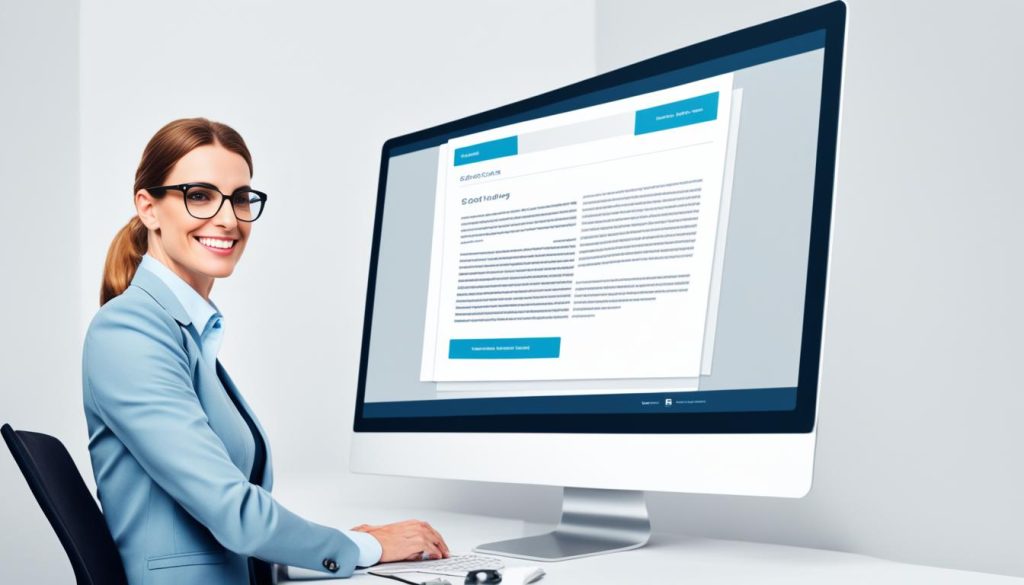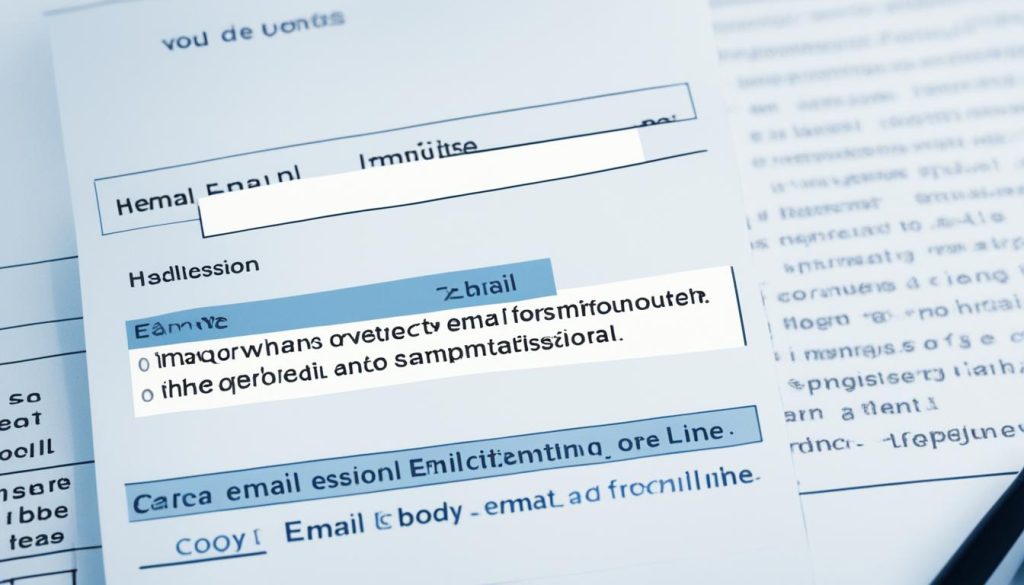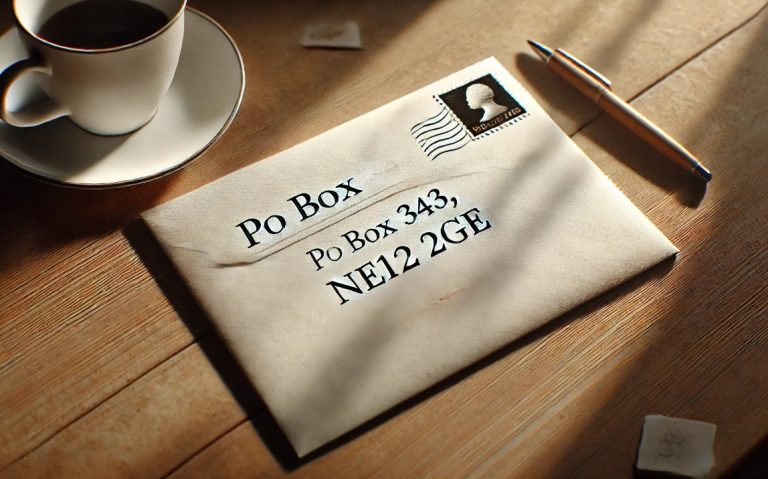Welcome to this comprehensive guide on how to write a professional email. In today’s digital age, email is a vital tool for effective communication in the business world. Whether you are reaching out to clients, colleagues, or potential partners, knowing how to craft a professional email can make a significant impact on your success. In this article, we will provide you with valuable tips and best practices to help you master the art of professional email writing.
How to Write a Professional Email for Your Business?
Understanding Business Email Basics
Before diving into the specifics of writing a professional email, it is important to understand the basics. A business email typically follows a standard format that includes a subject line, formal greeting, concise body copy, closing phrase, and signature. Adhering to this format will help you structure your email effectively and present a professional image.
In terms of business email format, make sure to include a clear and descriptive subject line that summarizes the main topic of the email. This allows the recipient to quickly understand the purpose of your email and prioritize their responses accordingly.
Additionally, begin your email with a formal and respectful greeting. Use the recipient’s name and appropriate titles such as “Dear Mr. Smith” or “Dear Dr. Johnson.” This shows professionalism and establishes a positive tone right from the start.
In terms of formal email structure, keep your email body concise and to the point. Avoid rambling or including irrelevant information. Use short paragraphs or bullet points to enhance readability and make important points stand out.
Make sure to end your email with a polite and professional closing phrase, such as “Yours sincerely” or “Best regards,” followed by your name and contact information in the signature. This provides a clear indication that the email has come to an end and ensures that your recipient can easily get in touch with you if needed.
In addition to formatting, it is crucial to consider corporate email etiquette. Always use a polite and professional tone in your emails, even when addressing difficult or challenging topics. Avoid using overly familiar language or humor that may be misinterpreted in a professional context.
Furthermore, take the time to proofread your email for any grammar or spelling errors. This shows that you value attention to detail and helps you maintain a professional image. A well-written and error-free email instills confidence in the recipient and increases the likelihood of a positive response.
Remember, understanding the basics of business email format, formal email structure, and corporate email etiquette is essential for effective communication in a professional setting. By following these guidelines, you can ensure that your emails are clear, concise, and professional, leaving a positive impression on your recipients.

Writing a Professional Email
When it comes to effective email communication, following best practices and adhering to a professional email format is key. Whether you’re writing to a colleague, client, or supervisor, clear and concise communication is crucial. By incorporating these email writing best practices, you can ensure that your emails are professional, impactful, and achieve the desired results.
1. Subject Line
The subject line plays a vital role in capturing the recipient’s attention and summarizing the main topic of the email. It should be concise and informative, providing a clear indication of the email’s content. By crafting a compelling subject line, you increase the chances of your email being opened and prioritized.
2. Body Copy
When composing the body of the email, it’s important to remember the recipient’s time and keep the message focused. Be clear and direct, avoiding unnecessary details or tangents. Provide all the necessary information in a concise manner, using paragraphs and bullet points when needed to ensure readability.
3. Call-to-Action
At the end of your email, include a clear call-to-action or next steps. This lets the recipient know what you expect from them and encourages prompt action. Whether it’s requesting a meeting, asking for feedback, or outlining the next course of action, a strong call-to-action helps drive effective communication and ensures clarity.

4. Professional Tone
Maintaining a professional tone throughout the email is essential. Use proper language, avoid slang or overly casual expressions, and be respectful in your communication. Remember to proofread your email for grammar and spelling errors to maintain a polished and professional image.
5. Signature
End your email with a professional signature that includes your full name, job title, and contact information. This provides a clear and professional closing, making it easy for the recipient to follow up if needed.
By following these best practices and adopting a professional email format, you can ensure that your emails effectively communicate your message and leave a lasting impression. Effective email communication is a valuable skill in today’s professional world, and mastering it can greatly enhance your professional relationships and outcomes.
| Writing a Professional Email: | More tips for effective email communication: |
|---|---|
| 1. Craft a clear and concise subject line | 1. Use proper grammar and punctuation |
| 2. Keep the email body focused and to the point | 2. Be mindful of the recipient’s time |
| 3. Include a clear call-to-action or next steps | 3. Use a professional tone |
| 4. Maintain a professional tone throughout the email | 4. Proofread for grammar and spelling errors |
| 5. End with a professional signature | 5. Follow up if necessary |
Business Email Etiquette
In addition to the content of your email, it is important to consider proper email etiquette. By adhering to professional email etiquette, you can create a positive impression and effectively communicate in a corporate setting.
Use a Professional and Polite Tone
When writing a professional email, it is crucial to maintain a courteous and professional tone. Use polite language and avoid being overly familiar or informal. Remember, emails are a representation of your professionalism and integrity.
Appropriate Greetings and Salutations
Begin your email with a formal greeting, such as “Dear [Recipient’s Name]” or “Hello [Recipient’s Name]”. This sets the tone and shows respect to the recipient. Use appropriate salutations, such as “Yours faithfully” or “Kind regards”, to close your email.
Maintain Professionalism Throughout
Ensure your email reflects a professional image from start to finish. Use professional email signatures that include your name, job title, and contact information. Avoid using excessive emoticons, text slang, or informal abbreviations.
Be Mindful of the Recipient’s Time
Respect the recipient’s time by keeping your email concise and to the point. Clearly state the purpose of your email in the subject line and organize your content in a logical and easy-to-read format. Use bullet points or numbered lists to convey information succinctly.
Proofread for Grammar and Spelling Errors
Before hitting the send button, take the time to proofread your email for any grammatical or spelling errors. A well-written email demonstrates attention to detail and professionalism. Use spelling and grammar checking tools if needed.
Maintaining professional email etiquette is essential for effective corporate email communication. By following these best practices, you can ensure that your professional emails are well-received, leave a positive impression, and facilitate clear and concise business communication.

Conclusion
Writing professional business emails is a vital skill that can greatly impact your success in the corporate world. By incorporating the valuable guidelines and best practices discussed in this article, you can become proficient in the art of email communication. Ensuring that your business correspondences are clear, concise, and professional is crucial to making a positive impression on your recipients.
Always consider the recipient’s perspective when composing your emails, tailoring your messages to their needs and expectations. By maintaining a professional tone throughout your email and adhering to proper etiquette, you can foster strong professional relationships and enhance your credibility.
Remember to proofread your emails before hitting the send button. This simple step can help you catch any grammatical or spelling errors, ensuring that your email is polished and error-free. With practice and attention to detail, you will become an effective and confident email communicator, driving better outcomes for your professional endeavors.
FAQs
What should be included in a business email?
A business email typically includes a subject line, formal greeting, concise body copy, closing phrase, and signature. It is important to structure your email effectively by following this format and including all necessary information.
How can I make my professional email clear and concise?
To make your professional email clear and concise, start with a clear subject line that summarizes the main topic. In the body copy, get straight to the point and avoid unnecessary details or tangents. End the email with a clear call-to-action or next steps.
Why is it important to follow email etiquette in business communication?
Following email etiquette in business communication is important to maintain a professional image, ensure clear and effective communication, and leave a positive impression on recipients.
How can I improve my email writing skills for business purposes?
To improve your email writing skills for business purposes, practice following the guidelines and best practices outlined in this article. Additionally, consider the recipient’s perspective, maintain a professional tone, and always proofread your emails before sending.





